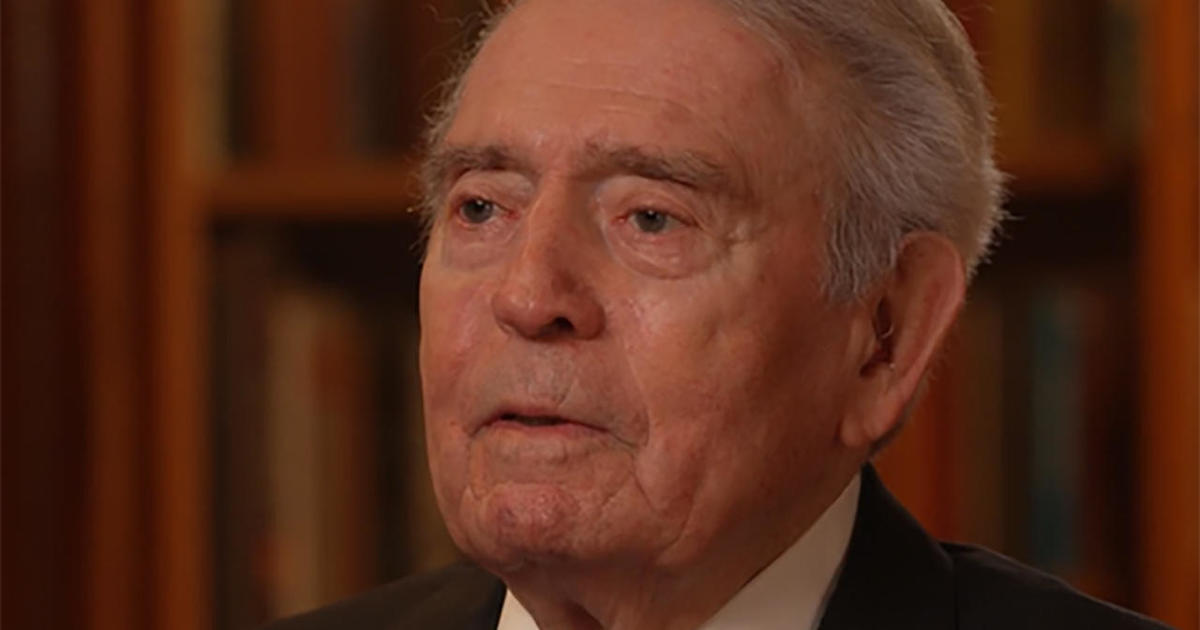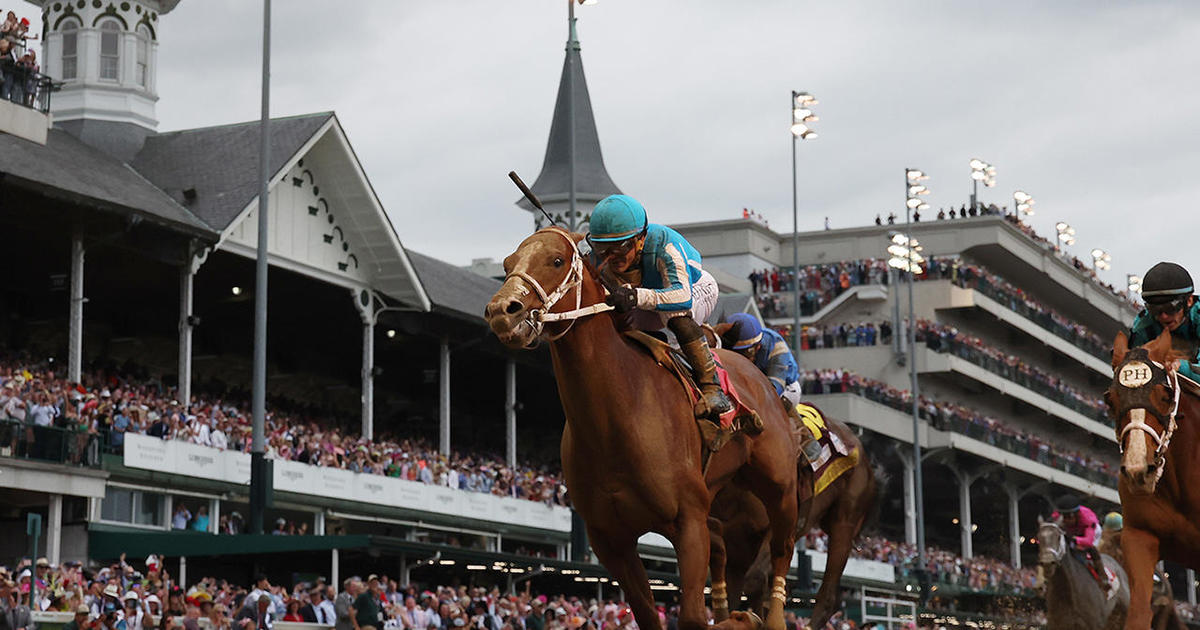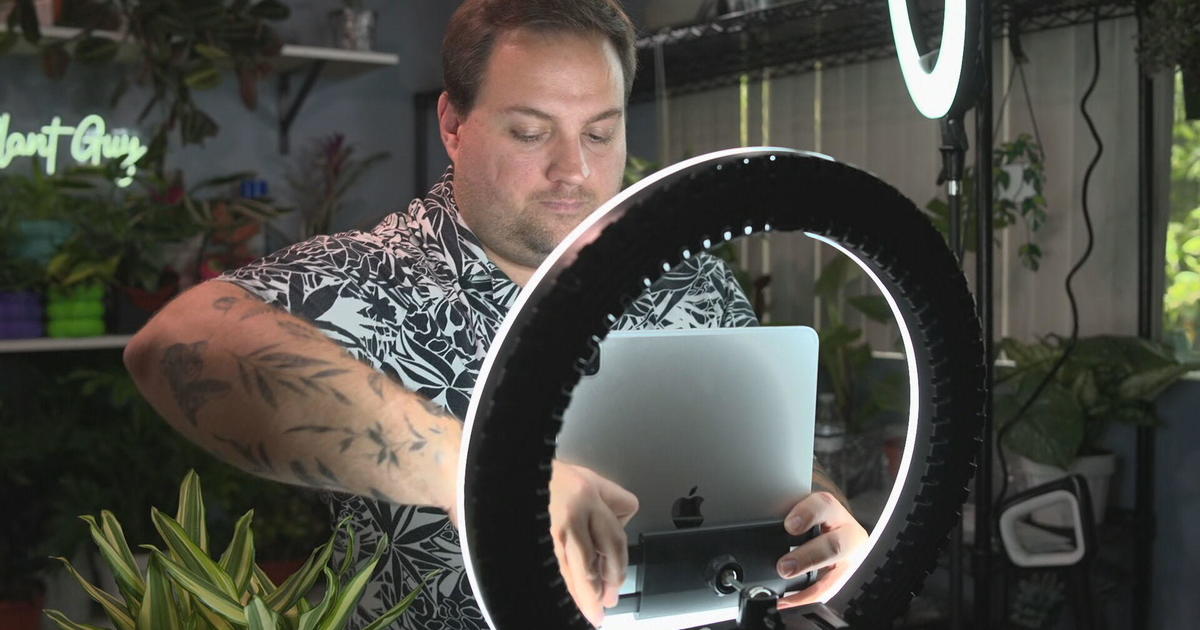Labor Day celebrates workers. But this year, 1 in 5 are unemployed
Labor Day was created by the labor movement over a century ago to commemorate the economic contributions of American workers. For this year's edition of the holiday, the nation's workers have little to celebrate.
The coronavirus pandemic brought the U.S. economy to a standstill in March, prompting a historic wave of layoffs. Although 11 million people have since been rehired as states reopened their economies, the progress has tapered off, economists say. Notably, there are still 11.5 million fewer jobs now than prior to the pandemic.
That's a staggering reversal of fortune from February, when the nation's workers were enjoying one of the best job markets in history. That helped boost wages as well as bolstered the efforts of union-backed labor movements such as the Fight for $15. But much of that momentum has since vanished, with 28 million workers — one in five — currently drawing unemployment benefits.
"The state of the labor market is an F," said Heidi Shierholz, senior economist at the left-leaning Economic Policy Institute and the former chief economist at the U.S. Department of Labor. "We have fewer jobs than we had at any time during the Great Recession. There is no way you could give this economy a passing grade."
And while parts of the economy have proved resilient, the road to full recovery is likely to be measured in years, not months. Federal Reserve of Chicago President Charles Evans said in a speech this week that he doesn't expect the economy to recover to pre-pandemic levels until late 2022.
On Friday, the Labor Department said the unemployment rate fell below 10% for the first time since March. But the rate of hiring is slowing, with employers adding fewer workers to their payrolls for each successive month this summer.
A barometer of the ongoing disruption: 28 million workers are receiving unemployment benefits — that's 1 out of every 5 people in the workforce.
Jobless rate: 2020 versus 2016
The economy — and how workers feel about their financial prospects — is generally seen as one of the most predictable indicators of whether a president is reelected. The economic cataclysm sparked by the pandemic created a downturn that by many measures has exceeded the depths of the Great Recession.
The jobless rate spiked to 14.7% in April, a record high since the government began tracking jobless data in 1948. That far eclipsed the damage done during the Great Recession, when unemployment peaked at 10% in October 2009.
President Donald Trump is heading into November with the economy in much worse shape than he found it in 2016, despite the recent improvement in hiring. The jobless rate stood at 8.4% in August, compared with 4.9% four years earlier, when he was running against Hillary Clinton and ended up inheriting an already strong economy from President Obama. While Mr. Trump has boasted about monthly job gains since April's nadir, there's still a long way to go, analysts note.
"Eight percent unemployment is still 8% unemployment, so let's not get too excited," said Ryan Detrick, chief market strategist for LPL Financial, in an emailed comment on Friday.
A tale of two workers
For average workers around the U.S., hourly wages were $24.81 in August, a jump of almost 5% from a year earlier, according to the Labor Department. But recent wage data may not reflect actual trends in the job market, Shierholz noted.
That's because widespread layoffs among lower-earning workers during the pandemic— waitstaff at restaurants that were shuttered, for instance — skew the wage data toward higher-earning professionals who were more likely to keep their jobs, she added. "It's not because of meaningful wage gains," she said.
Prior to the pandemic, wage growth was a tale of two workers. Top-earning employees — those in the top 5% of the income distribution — saw wages jump a robust 4.5% from 2018 to 2019, according to EPI. But those in the bottom 10%, the lowest-earning workers, saw wages decline by 0.7%.
The pandemic has exposed the inequality between front-line workers such as janitors and child-care workers and higher-earning Americans, said Mary Kay Henry, president of the Service Employees International Union, which represents almost 2 million workers in service industries such as health care and public services. These service jobs are more likely held by people of color, as well as women.
"None of those jobs were ever paid what they were worth," Henry told CBS MoneyWatch. "The pandemic has only revealed an inequality that was already in place, and has created demand from the public to address a level of economic and racial inequality."
"Taking to the streets"
Organized labor in the U.S. has been in a decades-long decline, with membership hitting a new low in 2019. Just over 1 in 10 workers were represented by a union last year, according to the Labor Department.
By comparison, one-fifth of the U.S. workforce belonged to a union in 1983, the first year the Labor Department began tracking membership. Despite the declines, a majority of Americans hold favorable views about labor unions, according to Pew.
The decline in unions comes amid court losses, such as the Supreme Court's ruling in 2018 that barred public-sector unions from charging fees to workers who did not join the union. But the SEIU's Henry also pointed to corporate spending on union-busting activities, which, the EPI found, amounts to $340 million annually.
"There is a huge industry to battle unions," Henry said. Yet more workers, stressed by low wages and risky conditions amid the pandemic, are demanding concessions and organizing unions. "That's why this Labor Day, workers are taking to the streets — they have been walking off the job to protest their conditions," she said.
A microbe redraws the workplace
The coronavirus pandemic has also radically altered how and where Americans work. White-collar professionals have largely switched to working remotely. But essential workers such as home health aides, grocery employees and transportation workers haven't had that option and face a higher risk of contracting COVID-19 while on the job.
Some of those employees have had to struggle to get basic protective wear like masks and gloves, while others — like some Amazon warehouse workers — have sued after allegedly contracting the virus from their workplace.
"There have been too many deaths, of both residents and hospital workers, from those who clean the rooms after the residents have been in it to nurses and doctors," the SEIU's Henry said.
Professionals who have shifted to working remotely are also dealing with higher levels of stress. Even though a majority believe they're just as productive as they were in the office, they're also suffering from "Zoom fatigue," according to an August survey from Adobe.
And parents who are juggling working from home while also managing their children's online schooling are facing multiple layers of stress — much of which falls on mothers. Millennial moms are almost three times as likely than fathers of their generation to say they couldn't work because of school or daycare closures, according to an analysis of Census data from the Center for American Progress.
With the pandemic's deep impact on the American worker, it remains to be seen how long the scars will last.



